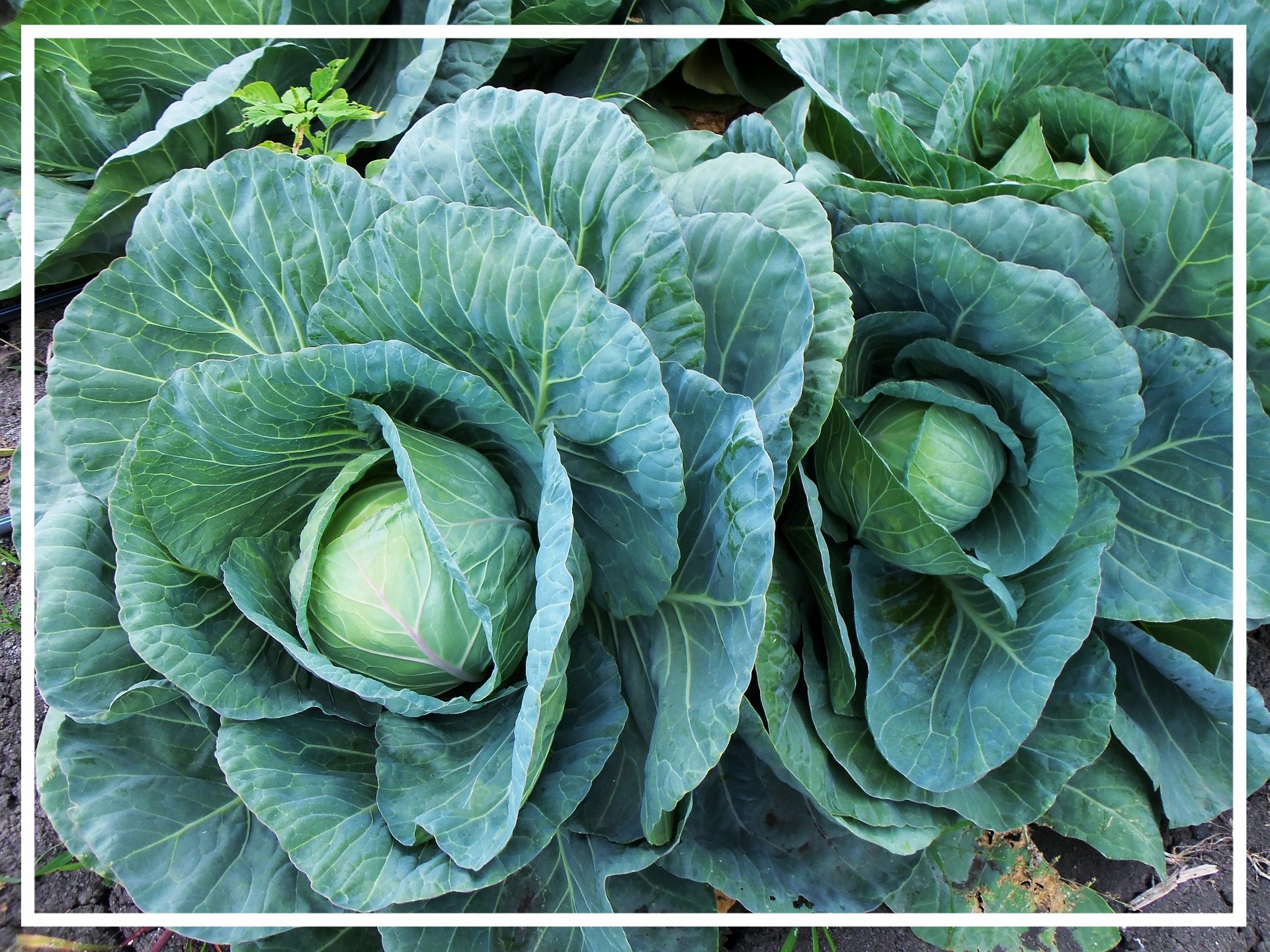Compost is a valuable resource, as its nickname “black gold” suggests. Compost extracts and teas allow you to take a limited quantity of compost and multiply its benefits. While a cup of compost can probably only treat a plant or two, the same amount can cover an entire garden in liquid form.
Compost Extract vs. Compost Tea
So what’s the difference between compost extract and compost tea? It depends on who you’re talking to, unfortunately. Composting is still largely treated as an art rather than a science, so there is no organization providing standard definitions that every composter recognizes. In general, however, compost extract is primarily a liquid fertilizer, made by simply submersing finished compost in water and allowing nutrients to leach out. Compost tea, on the other hand, has come to refer to a liquid that has been “brewed” with oxygenation and nutrients to stimulate microbial growth.
While both are liquid compost products, the differences in their manufacture leads to some significant differences in how they are best used. Compost extract can be made relatively quickly—it only takes a couple hours with some light aeration for the nutrients to leach out. While compost extract will contain most of the nutrients of the source material, it supports little of the microbial life. It is best applied to the soil, so plant roots can make use of those nutrients. Because it is not very biologically active, however, compost extract can also be stored for up to a few weeks after it’s made.
Brewing compost tea, meanwhile, focuses on breeding the microbial colonies in your compost for a biologically rich finished product. A small amount of compost is suspended in water, which is constantly aerated through the brewing process. In addition, some type of food for the microbes is added, with different foods encouraging different species to flourish. The food and oxygen create ideal conditions for microbes to multiply far beyond the typical carrying capacity of the liquid. This means that the compost tea should be applied as soon as possible after brewing, as the microbes will begin to die off as oxygen levels start to drop.
It is also beneficial to brew your compost tea at the same temperature as the environment in which it will be applied to ensure a population of microbes that thrive at those temperatures. Brewing compost tea in a cool basement and then applying it outside in 90° weather is simply a waste of all those organisms that needed the colder temperatures to thrive, as well as the resources you put into aiding their growth.
The process of making compost tea is a kind of fermentation, and the finished product has been shown to be effective in stimulating plant growth as well as treating disease. As many plant pathogens are fungal or bacterial in nature, the application of beneficial fungi and bacteria can provide an effective control. While rigorous scientific inquiry into the efficacy of compost tea is still relatively scarce, there is a lot of promise in the field, especially regarding the opportunity to develop targeted microbial preparations for specific pathogens. In the meantime, compost tea can be used as a general foliar and soil drench to provide a broad spectrum of benefits for your plants.
For a basic compost tea setup, suspend a permeable bag of finished compost in a five-gallon bucket. Add some food for your microbes and use an aquarium pump and airstones to aerate the water for 24-48 hours.
Making Compost Tea
A basic set-up for brewing compost tea can be made easily at home with a couple stops at the hardware and pet store. A five gallon bucket, an aquarium pump and airstones, and a permeable bag of compost will get you started. The airstones will oxygenate the water, allowing microbial populations in the compost to multiply. The addition of some type of food for the microbes is also important to microbial growth, and can even help determine what microorganisms will thrive. Simple sugars like corn syrup encourage bacterial growth, while oatmeal and other grains tend to support more fungal growth. Molasses, however, tends to be one of the most popular foods for compost tea because of its easy availability and its balanced support of both bacteria and fungi.
If you are on a municipal water system, you are almost guaranteed to have chlorinated water, which will inhibit the growth of bacteria and fungi. While that is great for city drinking water, it’s less helpful for compost tea and extract, as it indiscriminately kills both bad and good microbes. Chlorine will naturally off-gas in about 24 hours in a five gallon bucket, or you can pre-aerate the water with your air stones for a couple hours to speed up the process. Beyond the removal of chlorine, there is little agreement on what specific effects water type (well water, distilled, reverse osmosis, even homeopathic “living water”) has on the growth and population of bacteria and fungi in compost tea. Microbe populations can shrink and grow extremely rapidly—an individual bacterium can divide itself in as little as every 12 minutes, and can die just as quickly—so anecdotal evidence of home brewers is simply not rigorous enough to provide a reliable link between the source water and finished compost tea microbe populations.
While bacteria multiply rapidly in compost tea, fungi take longer to reproduce and will generally just grow into larger organisms during the brewing cycle. The key to a fungi-rich compost tea is to maximize the number of fungal hyphae in your starter compost. The process is somewhat like making compost tea, in that you provide food to encourage the reproduction of your target organisms. Growing fungus, however, takes a several days, versus compost tea’s 24-48 hours. And while fungi do like to be damp, you are still aiming for a solid compost product—just with a lot more fungus. Mix four parts compost to one part fungal food like ground oatmeal, powdered malt, or fish hydrolysate and store in a warm, dark place for about a week. The fungi should have grown and be visible as white, threadlike organisms throughout the compost, which can then be used to produce a fungus-rich compost tea.








